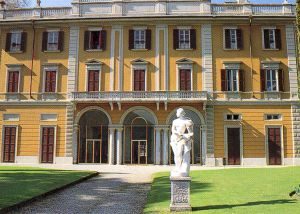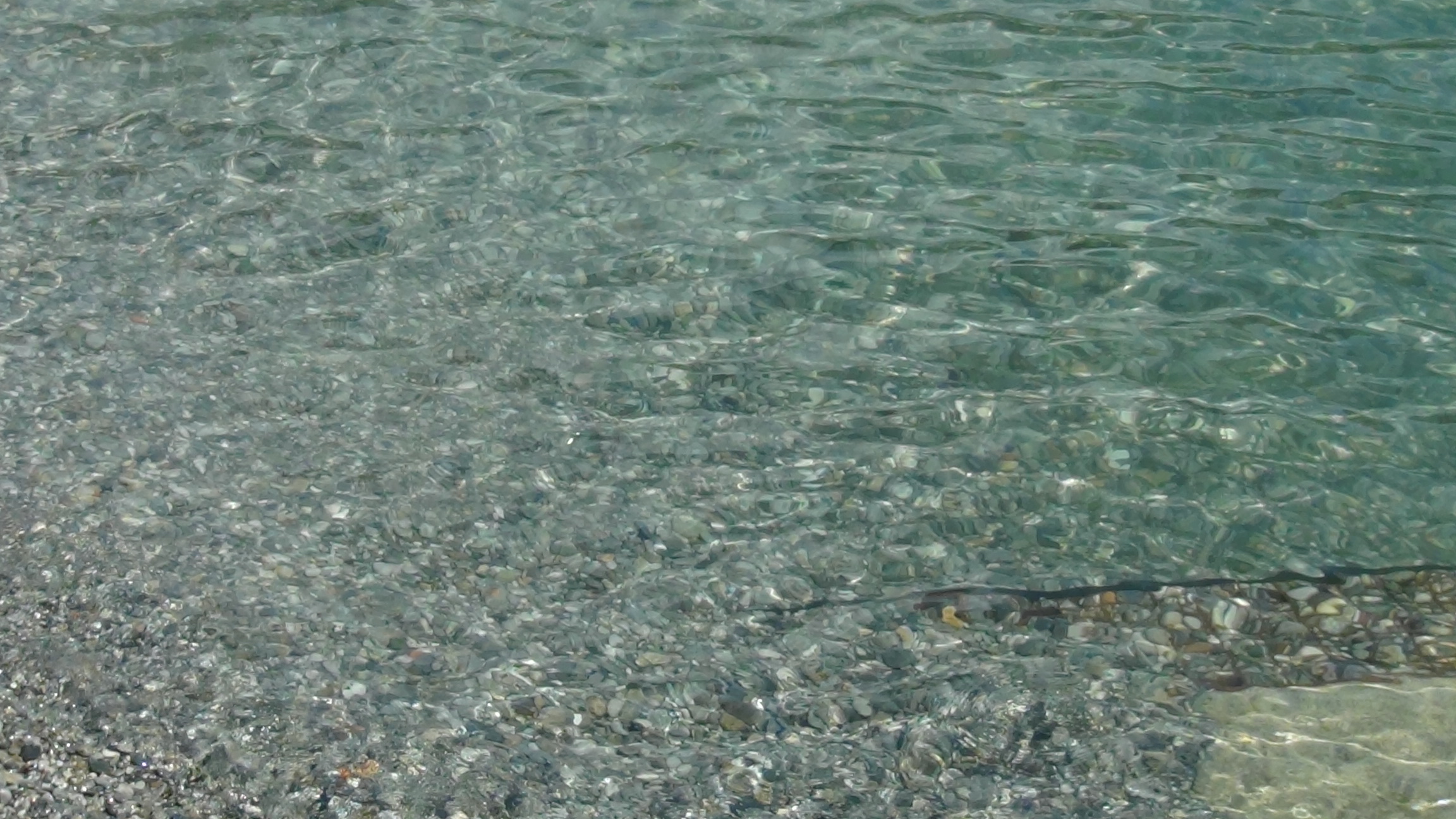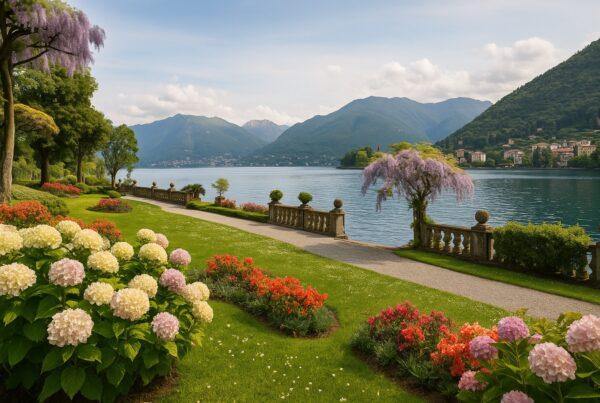BAROQUE
ITINERARY: Villa Gallia – Gallietta – Palazzo Porta – Palazzo Cernezzi – Palazzo Volpi – Cappella di S. Cecilia
 The itinerary can start from Villa Gallia, reachable by foot form the center of the city, leaving Piazza Cavour.
The itinerary can start from Villa Gallia, reachable by foot form the center of the city, leaving Piazza Cavour.
Marco Gallio, Cardinal Tolomeo’s nephew, had this villa built in 1.615. It features a portico on the ground floor, which runs along both façades, two storeys of windows with a centraI balcony and a terminal balustrade adomed with statues overlooking the lake.
The interior is decorated with stucco works and frescoes of the 17th century, attributed to the school of Morazzone.
Some of those portraits are now exhibited at the Civic Museum.
Villa Gallia features a portico on the ground floor of either facade, two storeys of windows with a central balcony and a terminal balustrade, decorated with stucco-works by artists from the Intelvi valley.
There are remarkable frescoes inside.
Today Villa Gallia houses some of the offices of the provincial govemment.
Next to Villa Gallia there is Villa la Gallietta (1.625-1.637), Marco Gallio’s winter residence.
It is characterized by an imposing staircase at the entrance, a triple portico and a seventeenth century fountain in the garden.
Another seventeenth century structure is the Porta-Cernezzi Palace (entrance from Via Vittorio Emanuele), built in 1.616 and present location of the Town-Hall.
This structure features a large and airy internal portico and, in its west wing, the remains of a Medieval tower.
Not far from here, at Via Diaz, there is Palazzo Volpi (1.628), characterized by simple and refined lines, an open-gallery and an inner courtyard.
Bishop Vulpiano Volpi had this palace built. It used to be the local Court-House. It has been recent1y restored and remodelled and is intended to become the Municipal Art Gallery.
The most telling and evocative example of late Baroque art is the Chapel of Santa Cecilia, located in Via Cesare Cantù. This church dates from the Middle Ages, but was rebuilt around the 16th century.
It was decorated in the 17th century by Barberini, a stucco-worker from the Intelvi Valley, and by Lanzani, Montalto and Abbiati’s paintings, which complement each other thereby producing a rare homogeneity.





